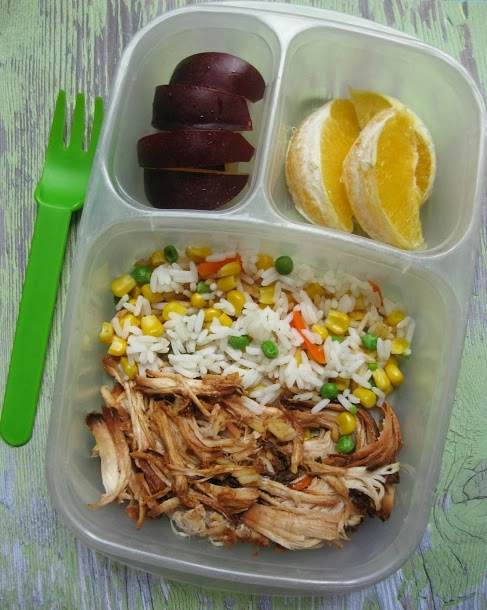Going to school with food allergies? Tips for parents

By Jessica Short
If your child has food allergies, help deliver them from temptation as they settle into a new school year. Start by asking lots of questions.
By now, I hope you’ve covered these questions, but just in case:
-
Does your school (or district) have a school nurse? Salem-Keizer Public Schools has an excellent Student Services office; get to know how they can help by calling 503-399-3101. Or, call the school your child attends. The office staff at your child’s school and your child’s teacher can be your best allies.
-
Ask if they have a food allergy management policy? Know whether your child can carry and/or self-administer medications at school. Also know the emergency plan, which tells staff what to do in case of an allergic emergency.
-
If your child eats school lunches, is food for special diets prepared in an environment free of cross-contamination? If your child has severe reactions (peanuts for example), this is very important.
Quick lesson: The “big eight” food allergies are dairy, eggs, peanuts, tree nuts, wheat, soy, fish and crustacean shellfish. The FDA requires foods containing these to be labeled in plain English.
Many foods and products are not covered by FDA regulations, so it’s important to read labels. I’ve learned to look for this phrase: “Made in a facility that processes peanuts, tree nuts, soy, dairy, eggs and wheat.”
If age appropriate, help your child take responsibility by teaching these skills:
-
Read food labels, avoid food without labels—and don’t share food!
-
Wash hands before and after eating.
-
Know how to administer medications, if this applies; discuss first with your doctor.
-
Learn how to alert a grown-up if they start having an allergic reaction at school.
-
Encourage them to report any bullying or harassment by other students.
Make sure schools warn you about field trips and classroom celebrations in advance, so you can help prepare food, or check with the school about options. Also make sure they have appropriate non-perishable food at school if your child is stuck, for example during shelter-in-place events.
There’s lots of buzz about gluten lately, but don’t get too worried. For most people, gluten is fine, so talk to your family doctor or a registered dietitian before deciding to switch to a gluten-free diet. Just because it says gluten-free doesn’t mean it’s healthier!
Focus on fruits and veggies in packing school lunches. I especially like the trick of wrapping sandwiches in lettuce, or using lettuce and celery to scoop chicken salads.
I can’t emphasize this enough: Help your kids learn to love fresh, healthy food early…before they learn to talk! Kids can go through picky phases, so be patient. Make it fun and you’ll create a habit of life-long healthy eating.
Replace the sandwich: Allergy-free lunch boxes for busy parents
Serve these options with soy, almond or coconut milk, depending on need. Add an allergen-free dessert of your choice:
-
(Pictured): Chicken with BBQ sauce, rice with frozen mixed veggies; a plum and orange.
-
Roll up spinach, guacamole, and sliced red bell peppers in lunchmeat; serve with carrots and fruit salad.
-
Make a gluten-free pasta salad with cucumber, tomatoes, peperoni, Italian dressing and GF pasta; serve with berries.
-
Pack a corn taco shell with leftover hamburger or chicken; throw in some watermelon and celery
-
Wrap up your tuna in lettuce; enjoy with a peach or plum
-
Pickles work well rolled into lunch meat as well; serve with grapes and cherry tomatoes
Jessica Short is a registered dietitian for Salem health. Contact her at CHEC@salemhealth.org.